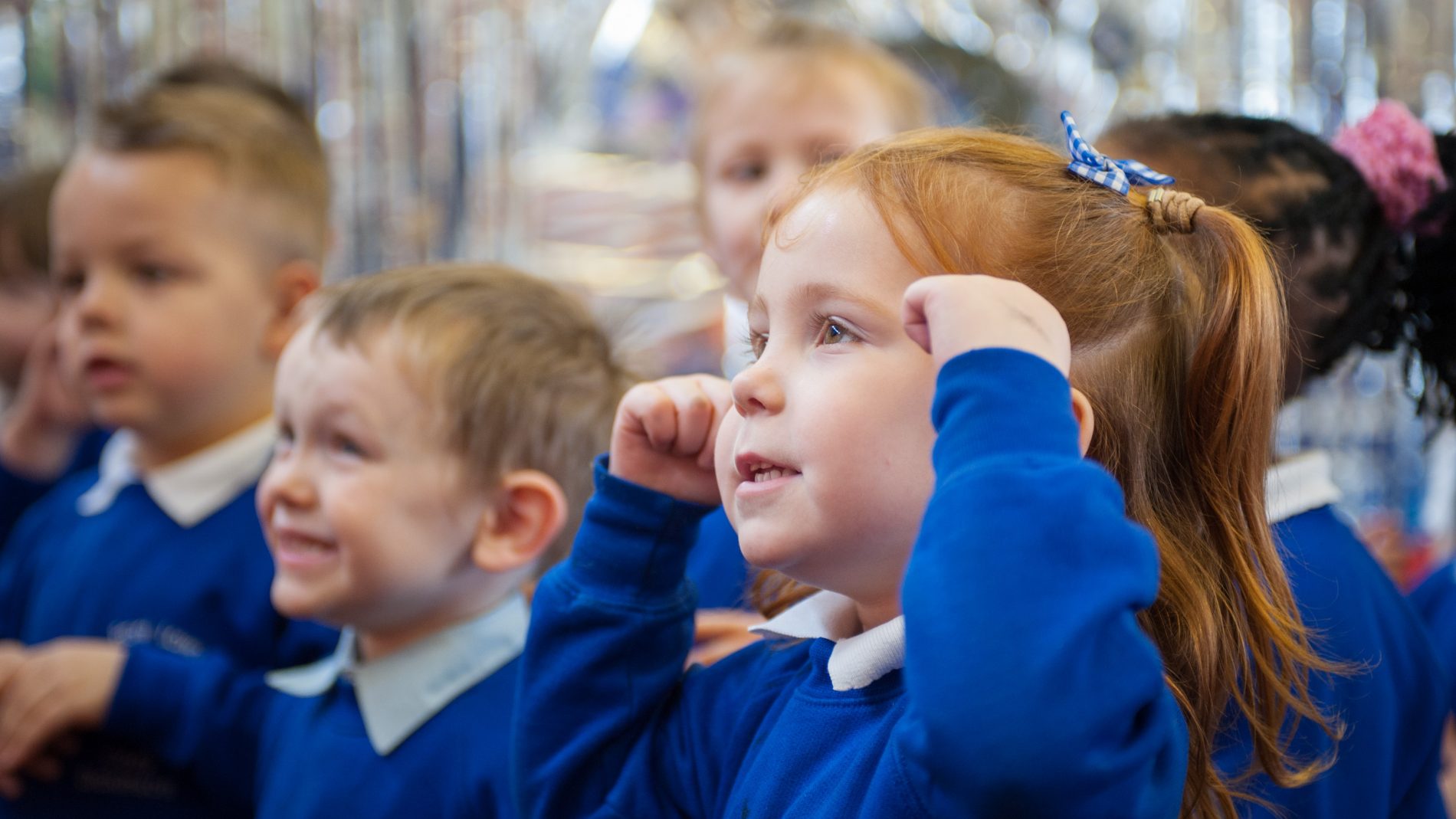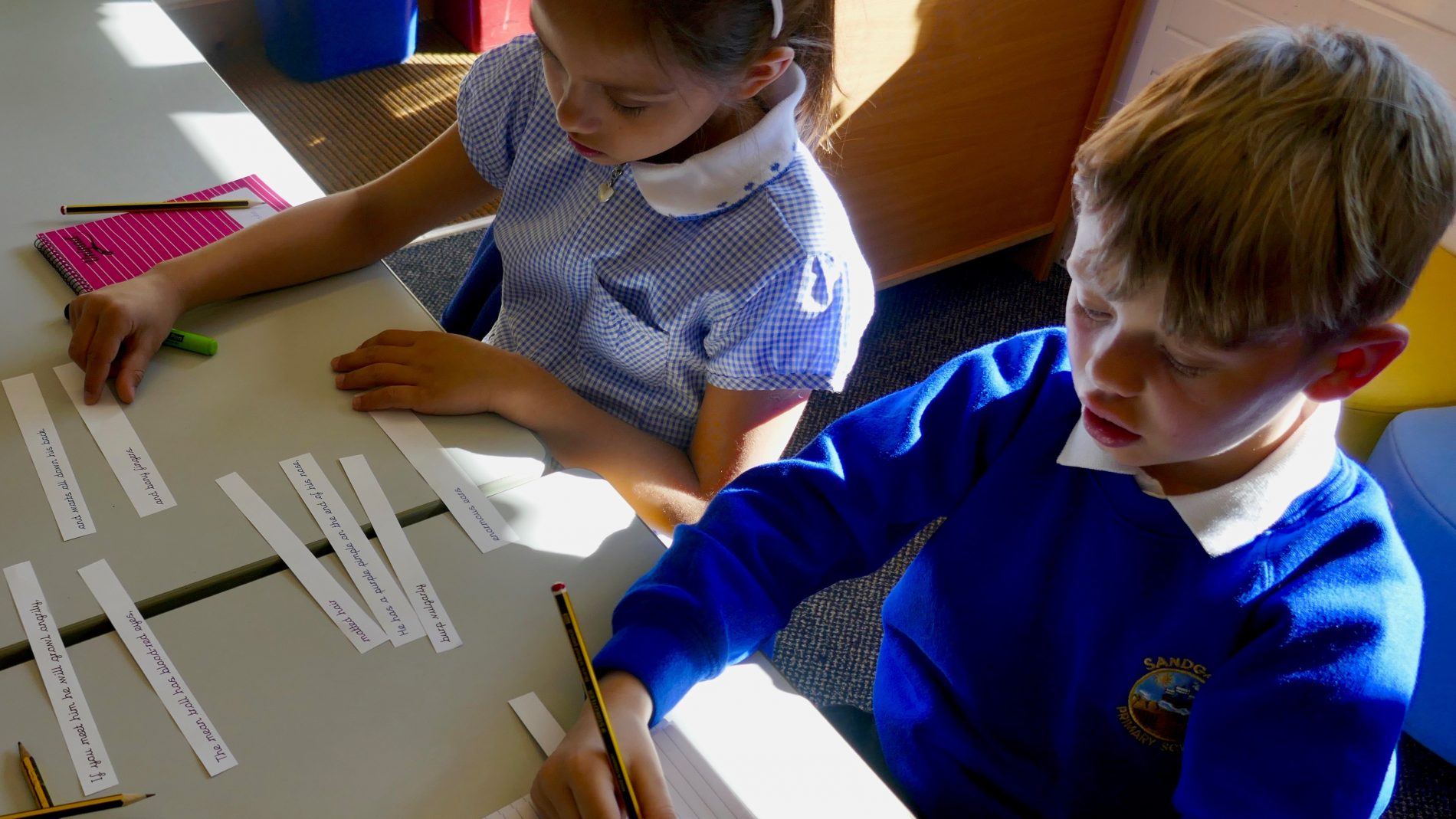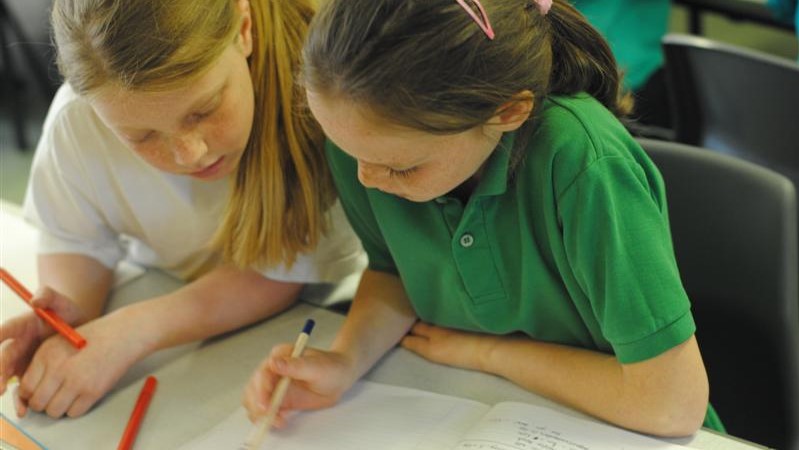
Subject Intent:
|
To increase pupils’ prospects by ensuring that all children can confidently communicate and transfer their knowledge, ideas and emotions through their writing. We are determined to ensure that our pupils can speak, read and write fluently so that they can succeed in future life.
|
|
Building foundations for a love of life, a love of learning and a love of one another |
|
Key Documents
2. USL Curriculum Progression Writing
3. Upton St Leonards USL Writing Policy
Upton St Leonards USL Handwriting Policy
ELS Mnemonics and Rhymes to support Letter Formation
4. USL Action Plan Writing (24-25)
7. British Values in Writing at USL
8. Long Term Planning Documents - Writing Maps
9. Writing Assessment Criteria
Our writing lessons follow the below framework in terms of implementation:
At Upton St Leonards, we have adapted the Talk for Writing approach to creat our own approach to the teaching of writing which is based on the principles of how we learn. There are three phases which promote movement from imitation to innovation to independent application. These phases enable children to imitate orally the language they need for a particular genre, before reading and analysing it, and then writing their own version.
Our Writing Curriculum is designed with our pupils' needs at the heart. Oracy screening in the EYFS demonstrates that children's vocabulary and oracy is not a key area of need for our pupils. However, historically, spelling, punctuation and grammar have been. A focus on SPAG is therefore a key feature of our adapted curriculum design. The coverage of spelling, grammar and punctuation for each year group has been explicitly mapped out to ensure that children’s knowledge, understanding and application is secure and built upon term by term, year on year. We have daily retrieval quizzes so that prior learning is revisited and embedded into the long-term memory.
USL Approach to Writing
From a young age, we engage with our children by smiling and cooing with them as a baby, getting them to imitate sounds and words in their first year and enjoying nursery rhymes and actions with them in their toddler years. This is how children learn. This is how children respond.
Our writing approach encompasses all of the skills we use in early infanthood and allows children to develop their oral skills, which subsequently develop their writing skills; if you can say it, you can write it.
At Upton St Leonards C of E Primary School, we believe that by following our approach, every child is able to access stories, poems and information texts and use these platforms to create their own masterpiece.
The USL approach to writing is built up over three significant phases:
We use a ‘hook’ to kick-start our writing; a tool to engage and excite the children. This could be the use of props, a short film, a letter – something that gives purpose to their learning and a reason to write. During this phase we read lots of similar texts as well as alternative versions, and pick them apart. Children read as a reader, read as a writer and learn how the structure of the text creates the final outcome. From this, we create whole a class Writer’s Toolkit, which informs the children of the grammar and punctuation needed for each particular text type. We use activities such as role play, discussion, craft to enable pupils to internalise the text and embed the ingredients needed to write their own version; be it a newspaper, story or letter. We use a ‘model text’ which is retold orally using a story map and actions. The story map is a pictorial representation of the model text and is used to prompt the retelling of the text. The retelling of the story map is practised throughout the day, every day, to reinforce the structure and language of the text; helping our pupils to internalise the text further.

In this this phase, children are encouraged to be thinkers and writers, and are able to share their own ideas using the model text as a scaffold. As teachers, we model a lot of shared writing and we reassure our pupils by heavily relying on the model text, so that they understand the structure, grammar and punctuation aspects of the text in question and are able to see this and practise this in written form. Within this phase we aspire to address any misconceptions in grammar, spelling, punctuation and letter formation. A time to teach our pupils how to write and arm them with the ingredients they need to compose their writing. Children respond to this by editing their writing and correcting any mistakes. After internalising the text through the imitation phase, children are given the opportunity to transfer their own ideas. We use lots of warm up activities which allow children to ‘warm up the word’, a chance to share ideas with a talk partner and also to ‘magpie’ ideas from their peers. These games are very much enjoyed by the children and the repetition of these has proved to see efficient recall in higher level vocabulary and sentence structure. ‘Boxing up’ is a tool that we use to analyse each section of the text. Children use this to help them to organise their new ideas, following the security of the pattern of text that they have already learnt.

This stage is where the children can unleash their own creativity and ideas even further. The children will be given a stimulus and purpose for their writing at this stage, again it could be a short film, an object, an interview – something that gets the class excited to write. The children continue to use familiar planning processes such as story maps and boxing up to prepare what they are going to write with some shared writing by the teacher. Where needed, the teacher is able to identify children who need further support but because of the support and scaffolding taught within the innovation phase, most pupils are now ready and confident to write with more independence; drawing on the teaching and learning they experienced during the previous stage. The final piece is writing is called the ‘Hot Write’ which is then used to inform the teaching and learning for both teacher and pupil for the next unit.

Building foundations for a love of life, a love of learning and a love of one another